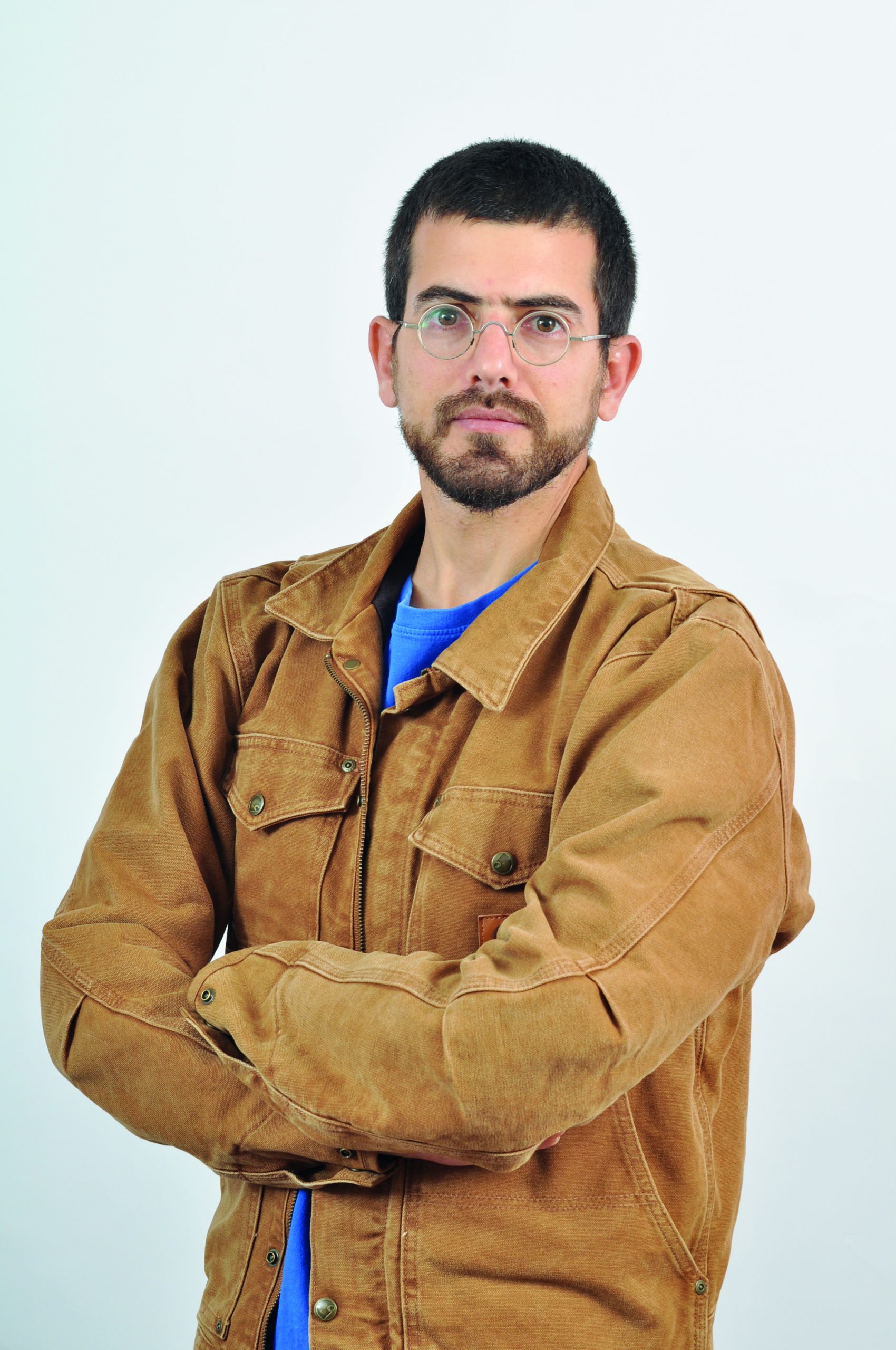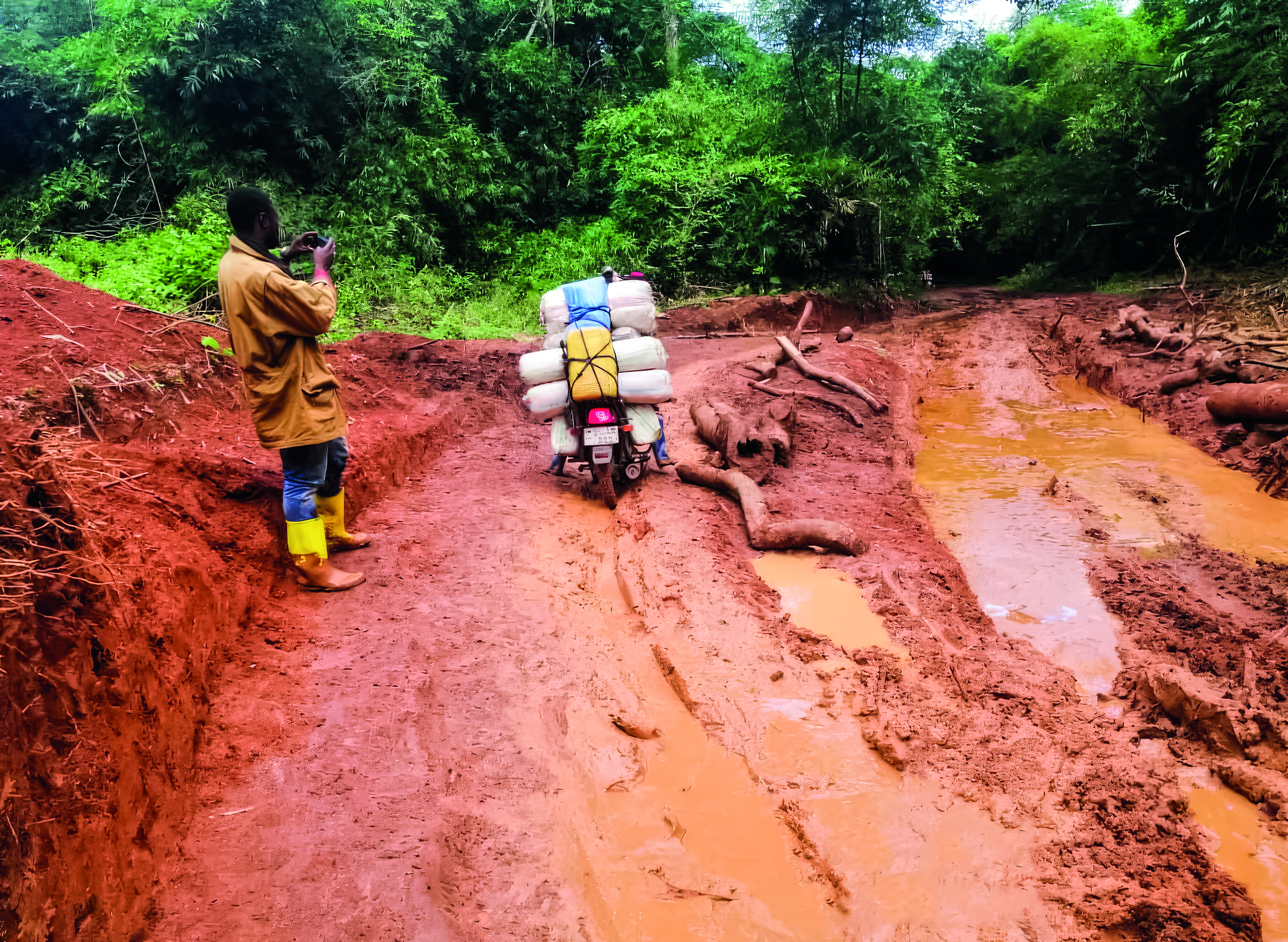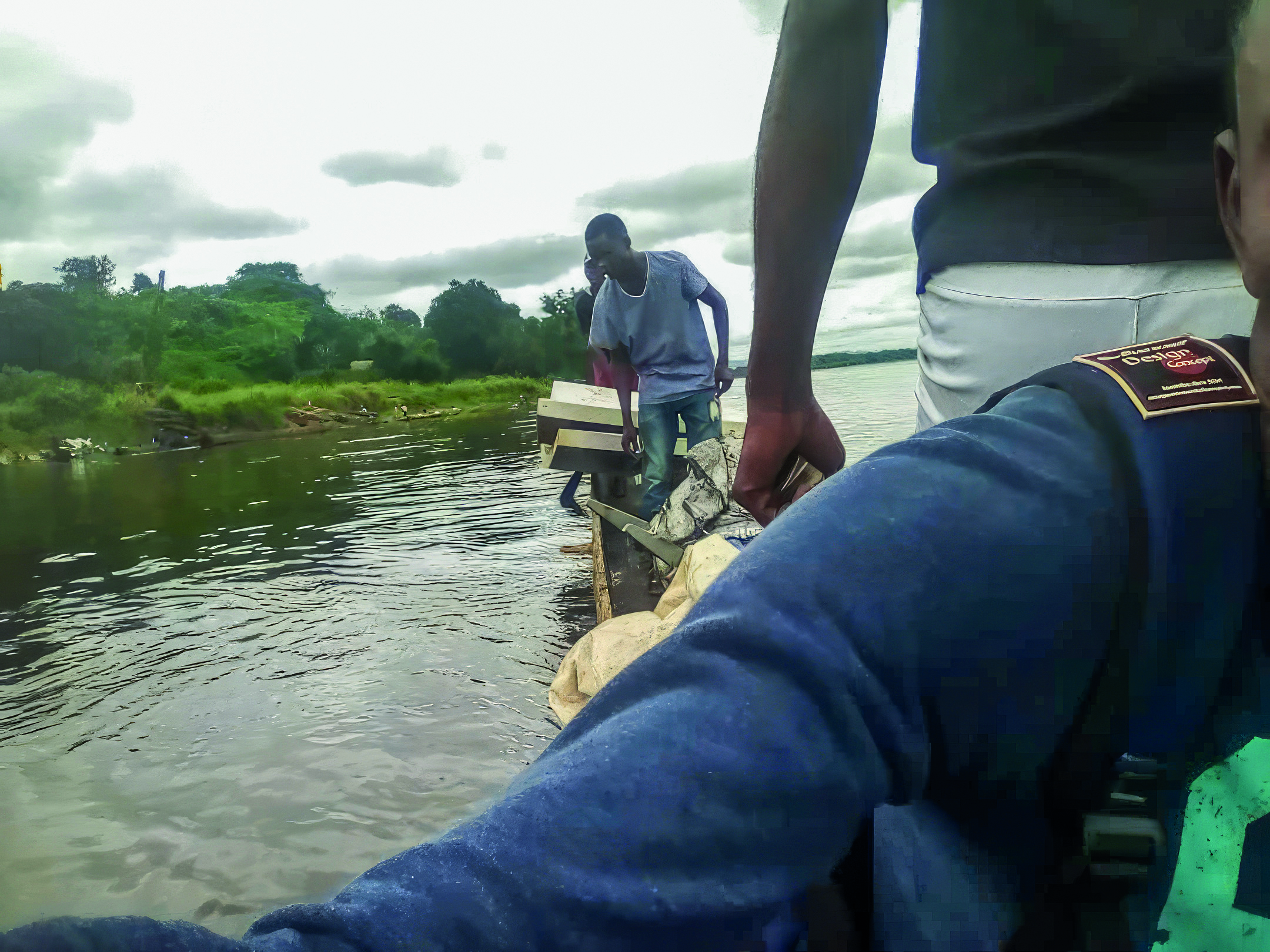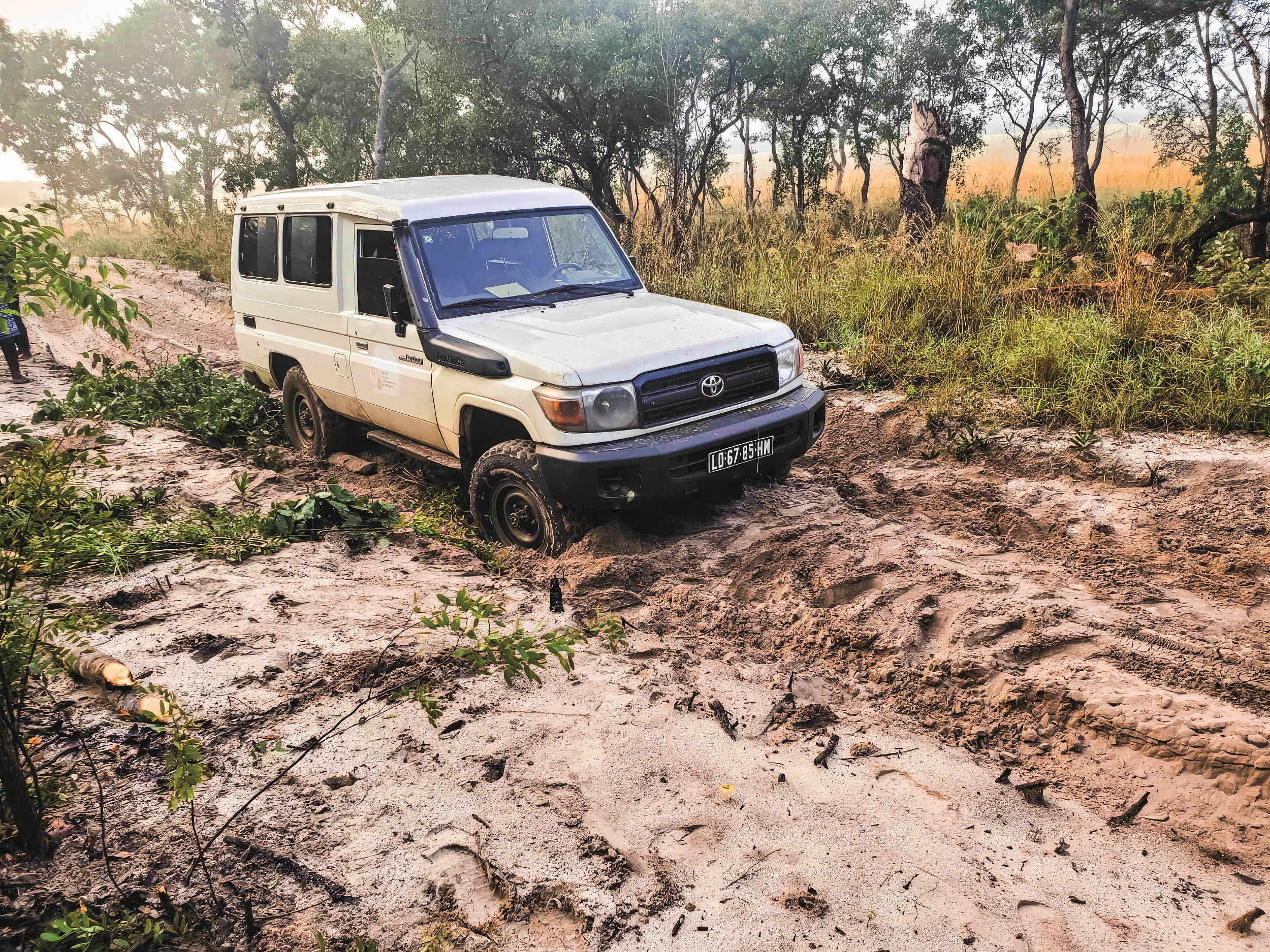 Picture this: you need to repair a critical network of VSATs (Small Aperture Terminals) across an area almost as big as Western Europe. You need forty separate teams to get the job done in time. You have to manage every aspect of the project, but you can’t contact the teams by phone.
Picture this: you need to repair a critical network of VSATs (Small Aperture Terminals) across an area almost as big as Western Europe. You need forty separate teams to get the job done in time. You have to manage every aspect of the project, but you can’t contact the teams by phone.
The roads are poor and unusable when wet, but you need to get people, equipment and materials to each site. Some sites are in areas where there is armed conflict, so your teams’ lives are in danger. What do you do? Oasis Networks faced this exact situation when managing a critical migration project in the Democratic Republic of the Congo (DRC).
Challenges associated with VSATs
Let’s first start with a bit of context. VSATs provide critical connectivity to regions where there is often no other means of communication. Sites are often in hard-to-reach remote areas, so installation and maintenance can be difficult. If a VSAT is the only way a community can connect to vital services, outages obviously need to be fixed rapidly.
“Travelling to these remote sites can be extremely challenging, particularly if roads are poor, as they so often are in remote areas,” says Nimrod Kapon, CEO of Oasis Networks. “Having to carry materials and equipment adds to the problem, as does bad weather. Roads and tracks that are useable in dry weather will quickly turn to streams of mud after rain, making them impassable.”
When undertaking and planning VSAT projects, it’s near impossible to predict in advance and from afar, all of the logistical and technical challenges that you’re likely to encounter.
“From experience, we know that for a VSAT project to be a success, you need the right boots to be on the ground. You’ve got to have the right local knowledge, as well as the skills and experience to resolve issues quickly,” notes Kapon.

This was definitely the case with a particular critical migration project that Oasis Networks completed in the Democratic Republic of the Congo (DRC).
A quick geography lesson
Before talking in more detail about the project, it’s important to understand a bit more about the country. The DRC is a huge country in Central Africa (and yes, it is actually around the size of Spain, France, Germany, Sweden and Norway combined). By land area, it’s the second largest country in Africa and the eleventh largest in the world. The world’s deepest river, the Congo River, snakes through the country, and waterways are one of the main ways that people and goods move around.
The country lacks infrastructure, and has a long history of political instability, unrest, conflict and civil war. Ground transport infrastructure is notably poor in the DRC. It’s said to have less all-weather paved highways than any other country in Africa of comparable size and population. It has a population of around 112m, and many parts of the country are reliant on VSAT networks for their connectivity.
Logistical and technical challenges
“A commercial private telecom company operating one of these multisite VSAT networks contacted us when its network suddenly went down. The network lost all connectivity when the satellite unexpectedly died in orbit. The satellite was not recoverable, so we were asked to migrate each individual site from the defunct satellite to an alternative one,” explains Kapon.
“The network had multiple sites across the country, with each site located in extremely remote areas where there was no other means of communication. For this reason, it was critical that we restored connectivity at each site urgently.

“With a project like this, you need to live and breathe it. That means being there, on the ground, rather than managing the project from an airconditioned office in another country. This is why I flew to the capital city, Kinshasa, to manage the whole project. Due to the scale of the project, the distances between sites, and the number of sites involved, we had to deploy around forty teams across the country,” he explains.
Geographically, DRC is a very diverse and challenging country to travel around. Groundtransport is difficult because of the lack of infrastructure, as well as the climate and terrain. Most of the VSAT sites that the team had to visit were in locations that were difficult to access. Travelling to the sites involved all kinds of transport including the use of waterways, motorbikes, and even hiking on foot.
“After reaching the sites, we discovered that the new satellite look angle was completely different from the existing parameters. This added a further complication because in almost half of the sites, there were obstructions such as tall buildings nearby, so we couldn’t simply rotate the dish. In those cases, the obvious solution was to install masts to raise the dishes above the obstruction,” explains Kapon.

“The installation of masts created further problems because the mast itself and materials for installation, such as two-metre lengths of pipe, gravel, sand and even cement, had to be transported to the sites. In addition, some of the sites were only accessible by motorbike. Needless to say, transporting a 2m 6.63” schedule pipe on a motorbike is not an easy task. We needed a team of four riders, two to carry the cement, gravel and pipe, and two to carry the mast together,” he continues.
“Other sites in the east of the country were in active conflict areas, so travelling and working in those areas carried a high danger risk for the engineers. To mitigate the danger and threat to life, the engineers had to travel to the sites in military convoys. As you would expect, getting the teams and the equipment to the sites, and coordinating it with a military convoy was difficult to organise,” he adds.
Communication and coordination
“Communication, or rather the lack of available communication, was a major issue throughout because none of the DRC areas involved had GSM coverage. In an ideal situation, satellite phones would be given to all teams beforehand, so that everyone could keep in contact. The urgency of this project meant that there wasn’t time to provide satellite phones to each of the 40 teams before deployment,” says Kapon.
This made communication between teams and with head office extremely difficult.
“We had to go back to basics and use messengers on bikes to relay messages to and from the engineers. These messages were used to set communication parameters and define timelines such as when and from where we should hear from an engineer,” he explains.
“We opened a control room to coordinate the communication, procurement and transportation. Three operators were responsible for communicating with the different engineers and monitoring and updating their status. Another four worked on planning the purchase and delivery of civil works materials and sending cash to engineers. An additional two operators communicated and coordinated with the customer, while a further operator was tasked with communicating with the satellite operator.”
Restoring critical connectivity
After the teams reached the VSAT locations, whether by water, road, bike or on foot, and either rotated the dishes or installed masts to overcome obstructions, the team was able to successfully recover all of the sites. Although there were some major obstacles along the way, from having to organise military convoys to transporting cement and pipe by motorbike, connectivity was restored within a short period of time. This highlights the significant challenges that can and often do arise when installing and maintaining VSAT systems in places that are hard to get to.
 “Successful VSAT projects require a well-coordinated team with local knowledge, who are able to respond quickly to logistical and technical challenges,” offers Kapon. “The kinds of hurdles that we had to overcome with this project would have been easy to overlook when planning or coordinating from an office in another country. With the right boots on the ground, proper preparation, experience, determination and skills, it’s possible to find solutions to the most complex problems,” he concludes.
“Successful VSAT projects require a well-coordinated team with local knowledge, who are able to respond quickly to logistical and technical challenges,” offers Kapon. “The kinds of hurdles that we had to overcome with this project would have been easy to overlook when planning or coordinating from an office in another country. With the right boots on the ground, proper preparation, experience, determination and skills, it’s possible to find solutions to the most complex problems,” he concludes.














Add Comment